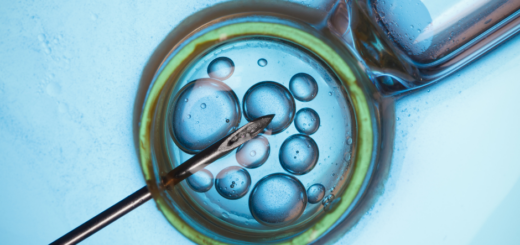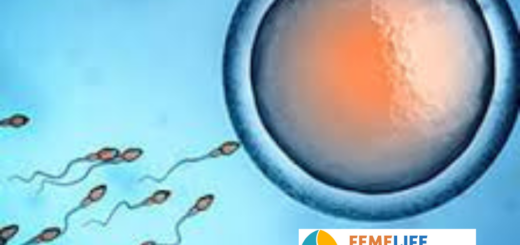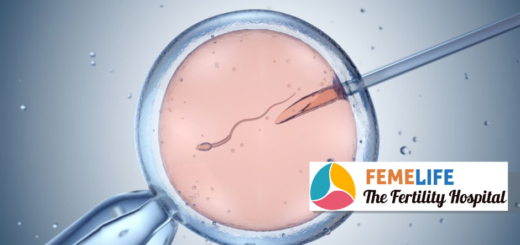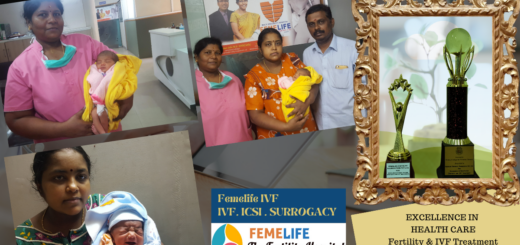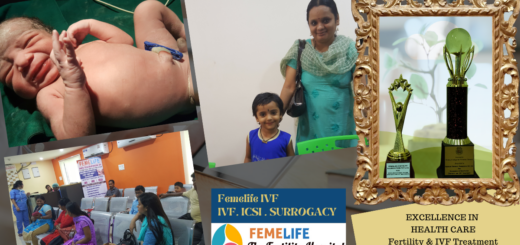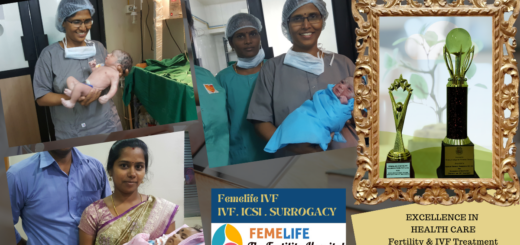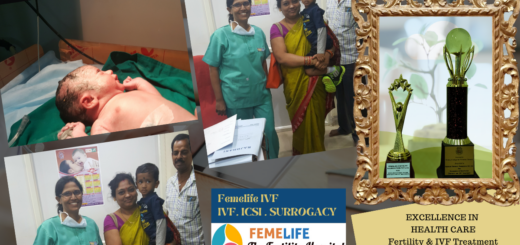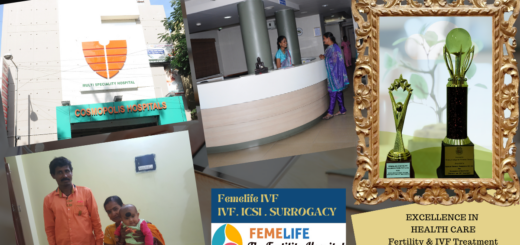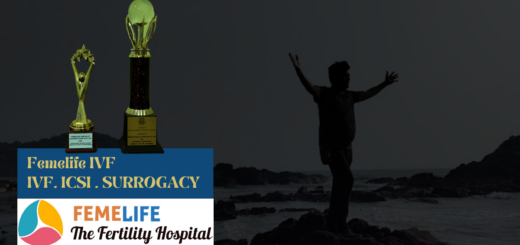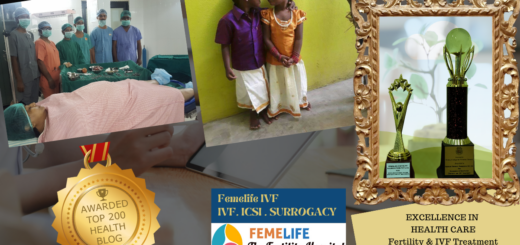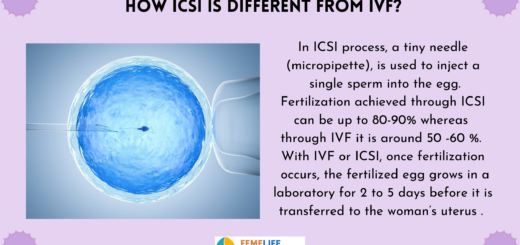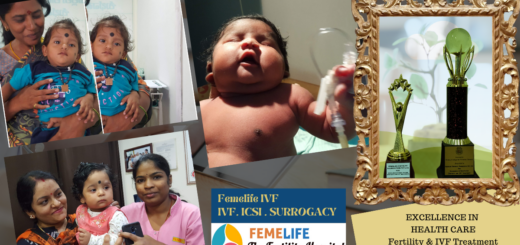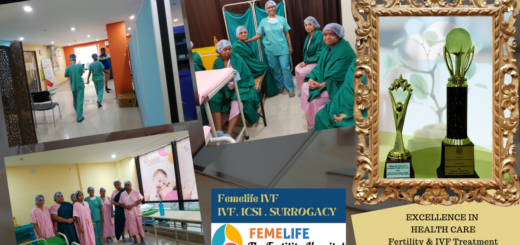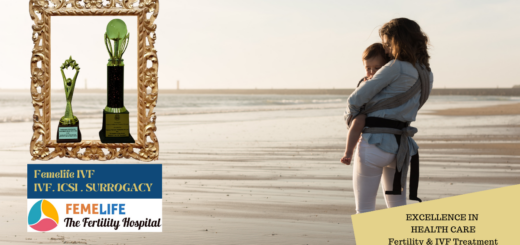Breast Engorgement: Painful Overflow of Milk
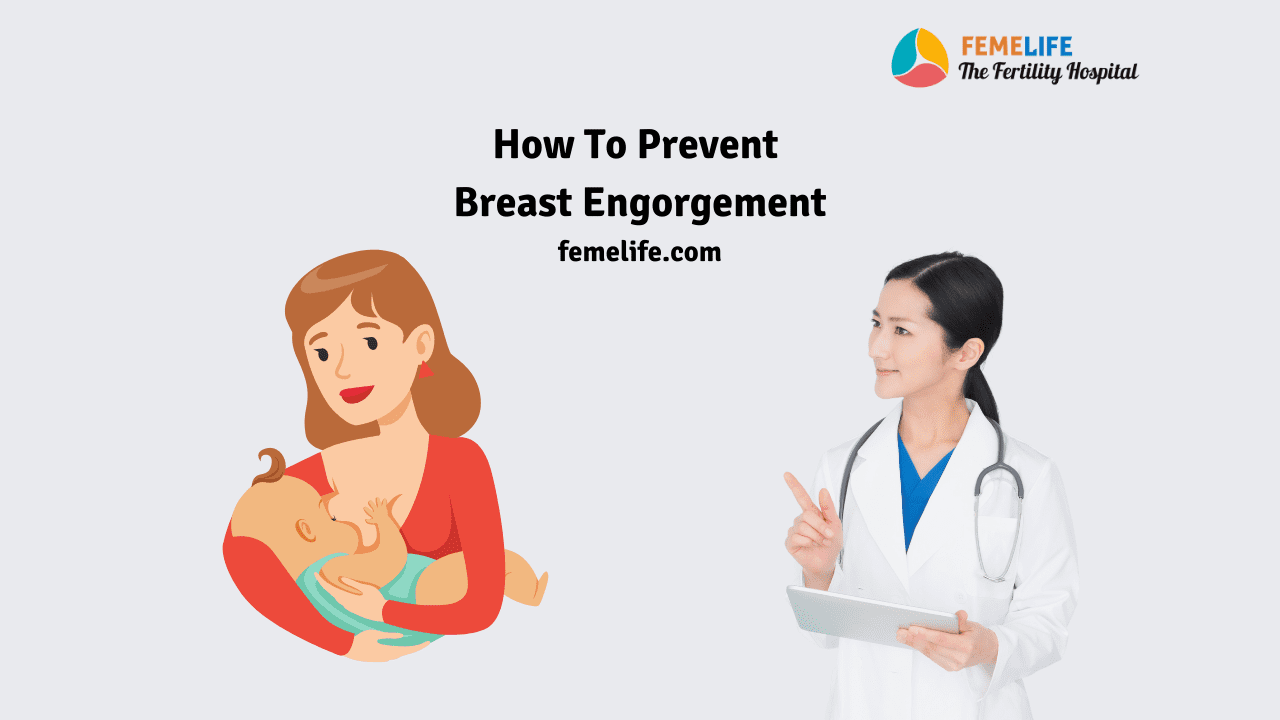
What is breast engorgement?
Tender and painful swelling of breasts in a feeding mother is known as breast engorgement. It’s caused by increases in blood flow and milk production in your breasts. Usually, it happens within the initial days after the delivery. Also, if you are not breastfeeding, you can have breast engorgement. It will happen within the initial few days after childbirth. Your body can produce milk, however, if you don’t nurse, the milk production can eventually stop.
What is the cause of breast engorgement?
Breast engorgement occurs as a result of raised blood flow in your breasts within days after delivery. The raised blood flow helps your breasts build ample milk. Additionally, it can even cause pain and discomfort. This happens as milk production might not occur till 3 to 5 days postnatal. Engorgement could occur for 1st time within the first week or the second week after delivery. It can even reoccur at any time during the period of lactation.
Certain conditions can lead to breast fullness or engorgement:
These causes include:
- Missing the feeding
- Skipping the pumping session
- Creating the overabundance of milk for the baby craving
- Supplementing with formula between nursing sessions, which can also cut back nursing later
- Weaning too quickly
- Nursing a baby that’s sick
- Difficulty with latching and sucking
- Not expressing breast milk when it first comes
What are the symptoms?
The symptoms of breast engorgement are totally different for every person.
However, breasts might feel:
- Hard or Tight
- Tender or warm to touch
- Heavy or full
- Lumpy
- Swollen
The swelling could also in one of the breasts, or it’s going to occur in both. Swelling may extend up the breast and into the near armpit. The veins running under the breast’s skin might become a lot of noticeable. This can be a result of the redoubled blood flow or the tightness. Some with breast engorgement might have fever and fatigue within the 1st days of milk production. This can be generally known as a “milk fever.” you’ll be able to still nurse if you’ve got this fever. However, it’s a good idea to alert your doctor to your increase the temperature.
What is mastitis?
That’s as a result of some infections within the breast will cause fever, too. These infections got to be treated before they become larger problems. Mastitis, as an example, is infection that causes inflammation of the breast tissue. It’s most typically caused by milk which stays within the breast after breastfeed. Untreated mastitis inflammation will result in complications like formation of pus within the clogged milk ducts. Report your fever and the other symptoms you’ve recently experienced to your doctor. They’ll need you to watch for signs and symptoms of illness or infection thus you’ll be able to ask for immediate treatment.
How I able to treat breast engorgement?
The treatments for breast engorgement can depend upon whether you’re breastfeeding or not.
For people who are breastfeeding, treatments for breast engorgement include:
Feeding additional frequently, or a minimum of each one to a few hours
- Nursing for as long whenever the baby is hungry
- Massaging your breasts when you nursing
- Applying a chilly compress or ice pack to relieve pain and swelling
- Alternating feeding positions to empty milk from all areas of the breast
- Alternating breasts at feedings thus your baby empties your offer
- Hand expressing or employing a pump once you can’t nurse
- Taking doctor-approved pain killer like medication
How we can prevent breast engorgement?
- You must be trained in breast feeding before the childbirth. You can attend few prenatal classes before the delivery. Cleaning the breast and technique of feeding are the few important tips to learn.
- You can’t prevent breast engorgement within the few days after childbirth. Until your body is aware of the way to regulate your milk production, you’ll overproduce.
- Feed or pump often: Your body makes milk often, in spite of nursing schedule. Nurse your baby at minimum of each one to three hours. Pump out if your baby isn’t hungry or you’re away.
- Use ice packs to decrease supply: In additionally to cooling and calming inflamed breast tissue part, use ice packs and cold compresses may help to decrease milk supply. That’s because of the cool packs turn off the “let down” signal in your breasts that tells your body to create additional milk.
- Remove tiny amounts of breast milk. If you would like to relieve the pressure, you’ll hand specific some breast milk or pump a small amount. Don’t pump or specific an excessive much, however. It may backfire on you, and your body might find yourself making an attempt to supply additional milk to create up for what you only removed.
- Wean slowly, If you’re too fast to prevent nursing, your substitution set up might backfire. You will find yourself with an excessive amount of milk. Slowly wean your kid thus your body will suit the attenuated want.
How to treat breast engorgement if I am not nursing my baby?
For people who don’t breastfeed, painful engorgement generally lasts for few days. After that period, your breasts should feel full and significantly heavy; however, the discomfort and pain ought to subside.
- You’ll be able to wait out this period, otherwise, you can use one of the treatments:
- Using a chilly compress or ice packs to ease the swelling and inflammation in the breast
- Taking pain medication which is approved by your doctor
- Wearing a supportive bra which is helps to stops your breasts from moving considerably.
If you don’t breastfeed, you’ll waste out breast milk production. In a very matter of days, your body will understand it doesn’t have to be compelled to turn out milk and also the offer can dry up. This can stop the engorgement. Don’t be tempted to specific or pump milk. You’ll signal to your body that it has to turn out milk, and you’ll prolong discomfort.

